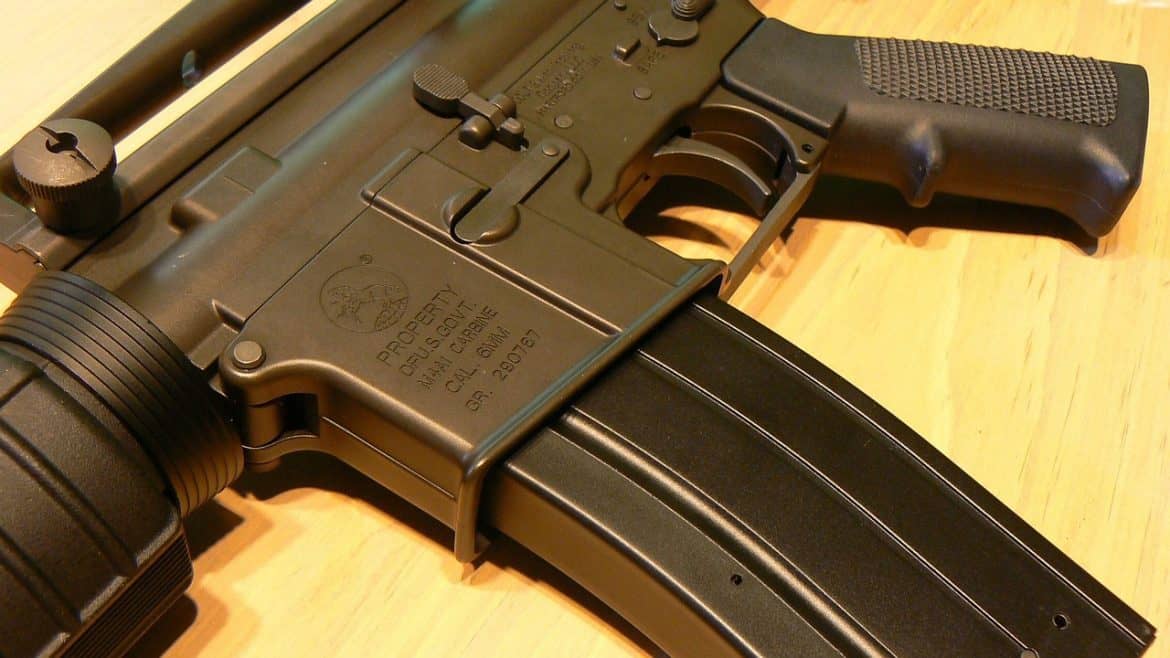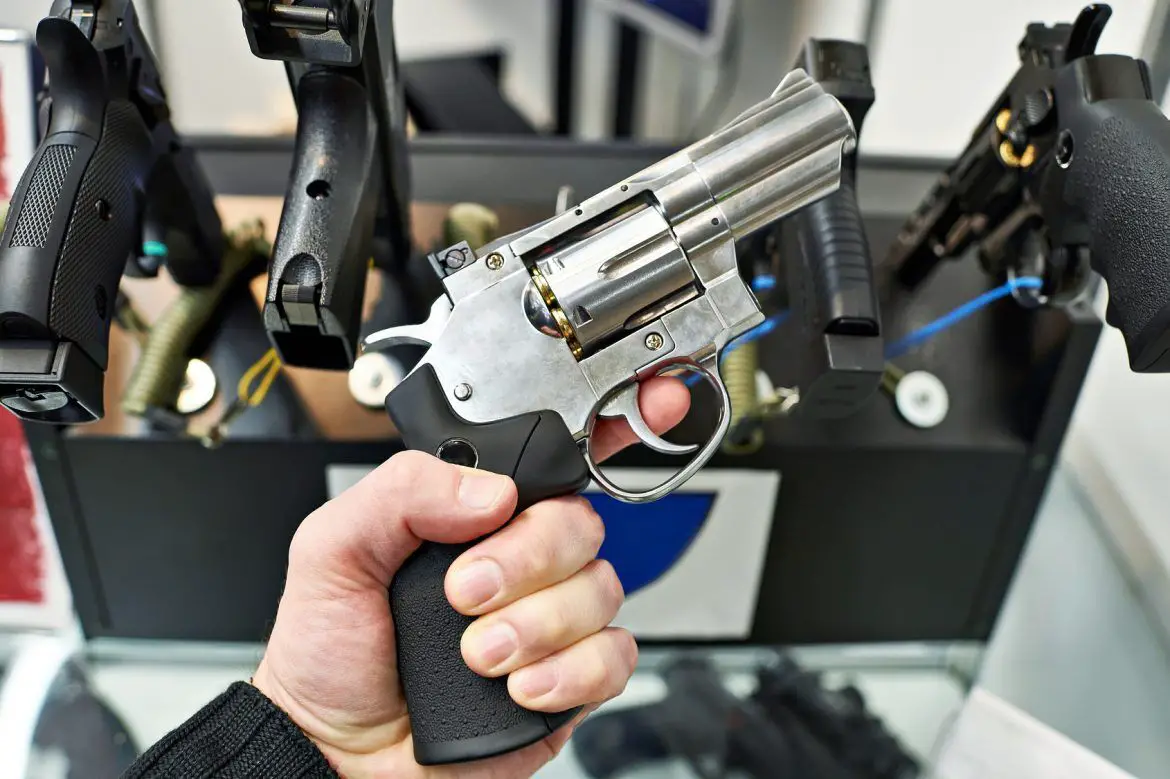I’m no lawyer, so check this yourself. My understanding is that as long as you can legally own a rifle you can make one for your own use. But you can’t build them with the intent to resale. Additionally, the firearm you build must meet the legal guidelines in your area. (i.e no 3 […]
Month: April 2017
Carjacking Tips
Carjacking of parked vehicles depends on the car owner being inattentive to their surroundings. Carjackers, like street robbers, prefer the element of surprise. Most victims say they never saw the carjacker until they appeared at their car door. To reduce your risk of being carjacked, we have listed some common sense Carjacking Tips below: Always park […]
5 Easy Tips for Choosing Your First Handgun
If you are considering purchasing your first handgun the options can be overwhelming. There are many choices out there and you want to get the best value and enjoyment out of your handgun. An estimated 55 million Americans own guns, and handgun ownership is up 71% in the last 25 years. There are an estimated […]
How to Shoot a Slingshot without Losing Accuracy?
One of the best ways to improve hunting skills is to use a slingshot. But how to shoot a slingshot is something that not many of us know. But that’s okay because the learning process is pretty basic and easy. And most importantly, it’s essential that you learn how to use the tool properly if […]




